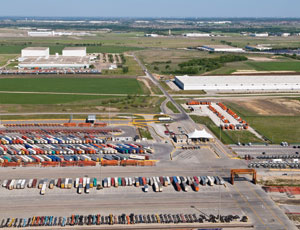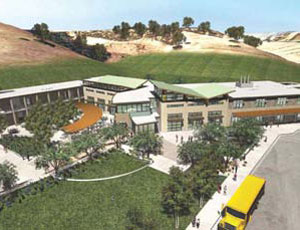Veteran builders readily admit that what they viewed less than a decade ago as an industry fad – the notion that projects should be designed and built with a high degree of environmental sensitivity – has become a widely accepted, permanent industry practice.



Indeed, client demand for sustainable construction is so high that many contractors now see catering to the green market as critical to their survival.
What provided sustainable building the momentum it needed to become a mainstream movement? Certainly, the decades-long work of committed environmentalists laid the foundation for the movement, while growing public awareness of climate change provided it a sense of urgency. But what gave it that final push over the top?
In commenting on their companies’ inclusion at the top of California Construction’s 2010 list of Top Green Contractors, industry executives pointed to two important developments that helped bring the sustainable building model into the mainstream.
One is the realization that building green isn’t anywhere near as expensive as it once was. Increased availability of Earth-friendly materials and technology has lowered costs to where building to LEED standards makes good financial sense.
“Initially, there were a limited number of sustainable products available, so you paid a premium to go for [LEED] silver or gold certification,” says Jeffrey Hoopes, president of San Francisco-headquartered Swinerton Inc. Swinerton ranks No. 1 among the 60 firms on Top Green Contractors list.
“But over the past several years, so many products have become available and the craft/labor trades have learned so much about building green, that with a lot of planning you can deliver a gold- or silver-certified project at no additional cost,” Hoopes says. “Five years ago, you’d be looking at a 5% or 8% cost increase. The products are there. If you plan well and position carefully, you can get a good [green] project.”
Swinerton, which began its push toward sustainable building nearly 10 years ago, has generated tremendous benefits for the planet – and for itself. The company registered $605 million in green revenue alone in 2009.
“If you had asked people five years ago whether we’d be doing as many sustainable-design projects as we are today, they’d have been very doubtful,” says Rich Henry, president of McCarthy Building Cos.’ Northern Pacific Division, based in San Francisco. “I think just about everybody now is convinced that green building and sustainable design is the new best practice for doing projects.
“The benefits that come out of these projects are great, and the costs – what everybody thought was a premium – are small compared to the energy savings and other benefits.”
Headquartered in St. Louis, McCarthy ranks No. 3 among the 2010 Top Green Contractors. McCarthy has four...

Post a comment to this article
Report Abusive Comment